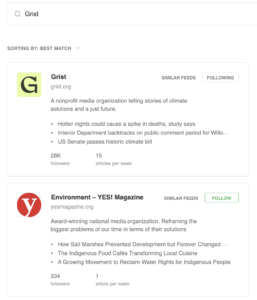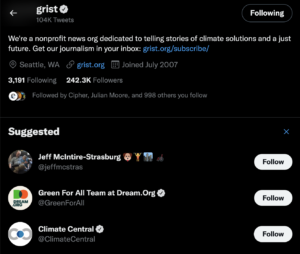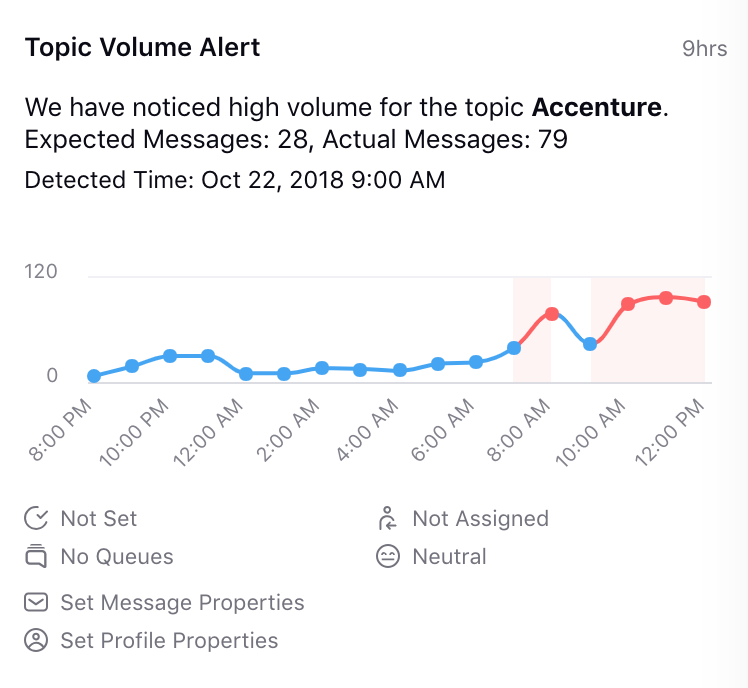I haven’t had time to blog here lately, but I thought I should drop a quick update post letting anyone who visits know what my two primary projects are these days. Basically, I’m publishing newsletters. And they are amazing! I would love for you to subscribe to both of them and get involved however you can. 
- AI Time to Impact is a daily collection of short summaries of the new developments the AI community is most-engaged with, including some thoughts about who each development will impact first and when. Some stories have short term impacts, some have longer term impacts! This is a project I’m building as part of a larger effort to build news aggregation projects with an organization I’ll share sometime soon. The AI newsletter is just the first of what will be many projects like this. It’s very exciting! A few thousand people are reading this so far, including people from many of the world’s largest tech companies, legacy brands, and consulting firms, but it’s not too late to get in early! I am using the heck out of AI tools all the time and am having a great time. If you’re familiar with the role of RSS and social media in my career, AI is now in that same category of core tools. I should write about how I use it sometime but this YouTube interview with Esteban Kolsky is one way to learn about it if you’re interested.
- Sunflower News is my nights-and-weekends project focused on climate change. It’s a news aggregation and newsletter-powered community effort to build connections in the climate movement. A small but growing team (including technical co-founder Brian Hendrickson, Editor Sarah Damian, and more on the way) is working with some amazing organizations (Cultural Survival, Exponential View, Climatebase, and more) to produce a weekly newsletter I’m really proud to be a part of. A few hundred people are reading this so far, so if you join us over there now you’ll be in super early! And we’ve got more projects underway that I’ll share soon. Our aim is to make an impact on the climate movement disproportionate to our little size by focusing on making connections between inspiring organizations.
Plus reading, writing, running, loving my family, myself, and the rest of the earth. My darling Mikalina and I just celebrated the 20th anniversary of our first date and wow are they a blessing and a powerful partner to have in my life. We’ve got more family around us now than we ever have before, too, and it’s just wonderful. (Challenges for all of us included of course. As M.C. Richards writes in Centering, “By accepting suffering, we may relate more to others, developing compassion. By grace we may come free.” I want to remember that.) Above is a picture of me in one of my favorite places, feeling like a member of the Lucky Duck Club.
Just wanted to put this at the top of my website. Drop me a line sometime and tell me what you’re up to! It’s probably been too long since we’ve talked. My email is marshall@marshallk.com
Have a nice day!




